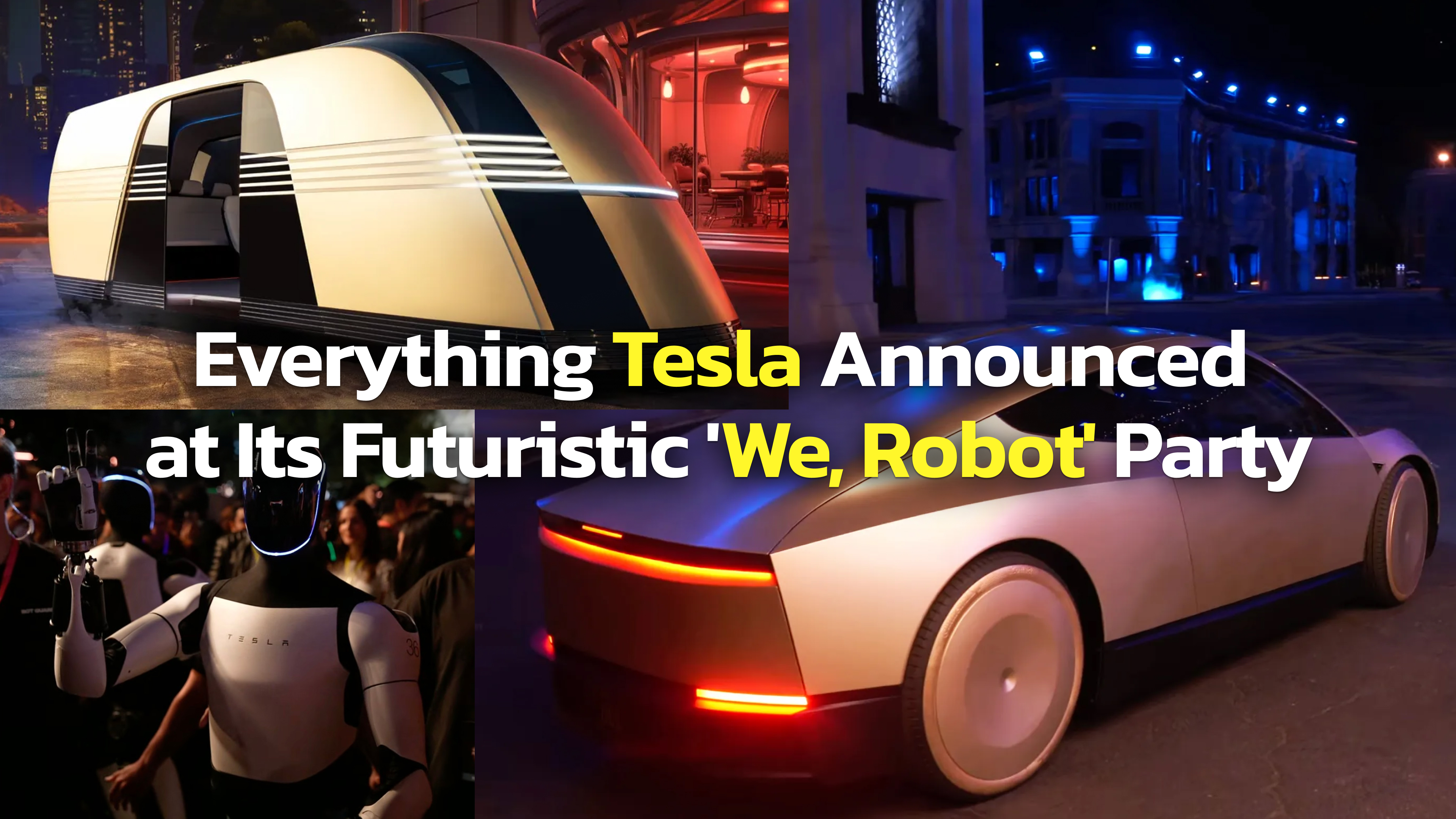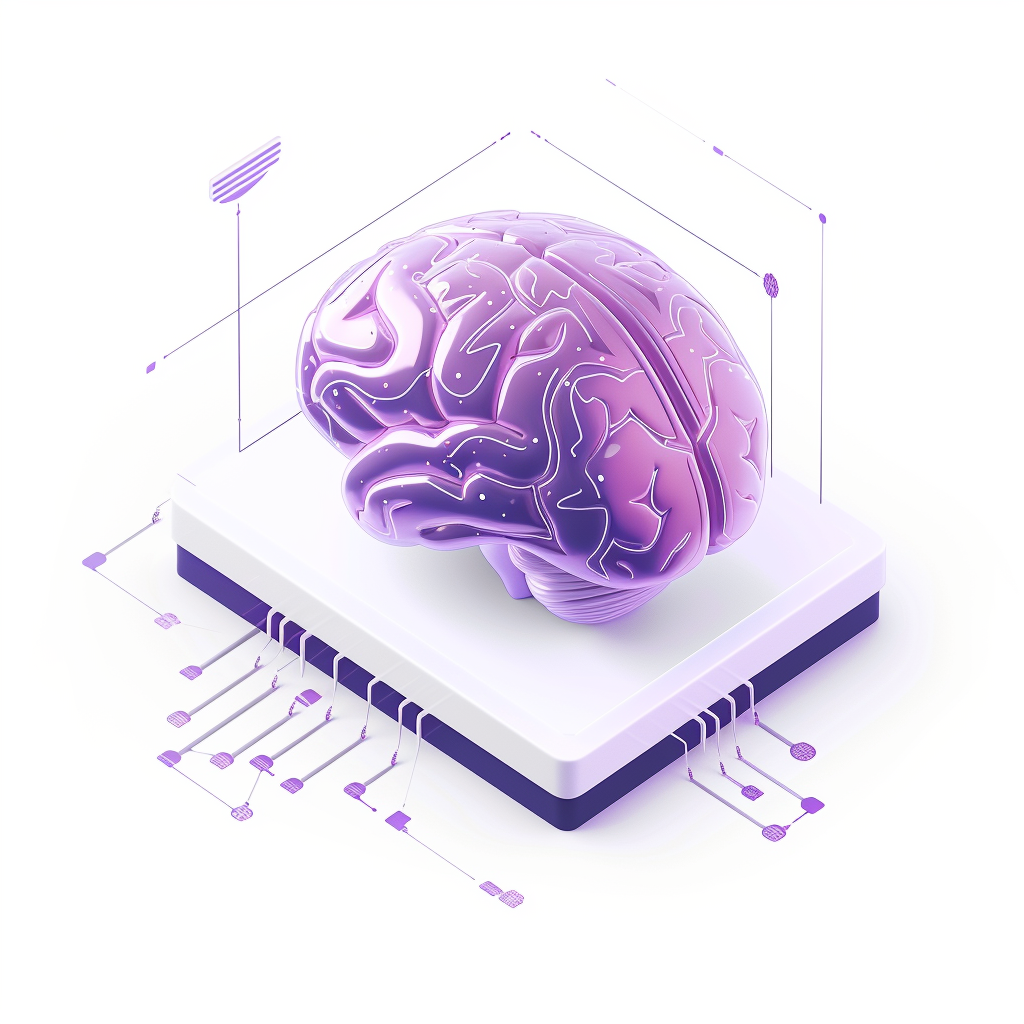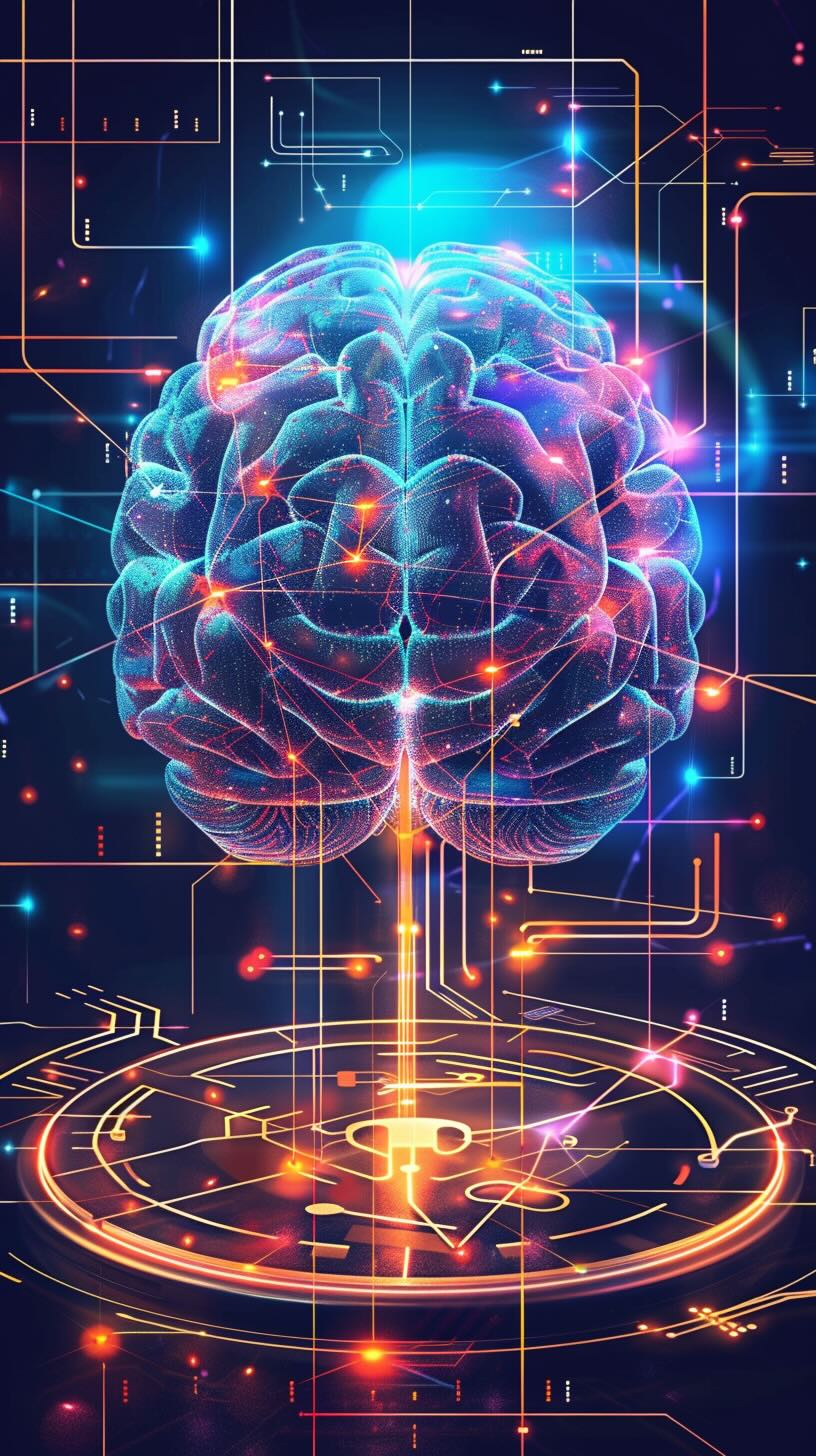At today’s “We, Robot” event in Los Angeles (October 10, 2024), Tesla introduced two new autonomous vehicles: the Cybercab and the Robovan. Elon Musk talked about Tesla’s plans for the future of transportation, focusing on how AI will power it.
It’s increasingly obvious that AI is set to play a key role in making transport fully autonomous, affordable, and efficient. Ideas from sci-fi movies are slowly becoming reality and Tesla wants to push the limits of what we think is possible in mobility. Here’s a quick summary of what was announced.
Cybercab
Musk arrived on stage in Tesla’s new robotaxi—the Cybercab. It’s designed for ride-hailing services and personal use, with a focus on affordability and efficiency. Production is planned to start in 2026, with availability for consumers by 2027.
The Cybercab is expected to cost under $30,000, and Musk mentioned that operating it could be as cheap as $0.20 per mile, which would make it much cheaper than traditional cars.
With the Cybercab, Tesla aims to make autonomous transport more accessible for everyday users and ride-hailing companies.
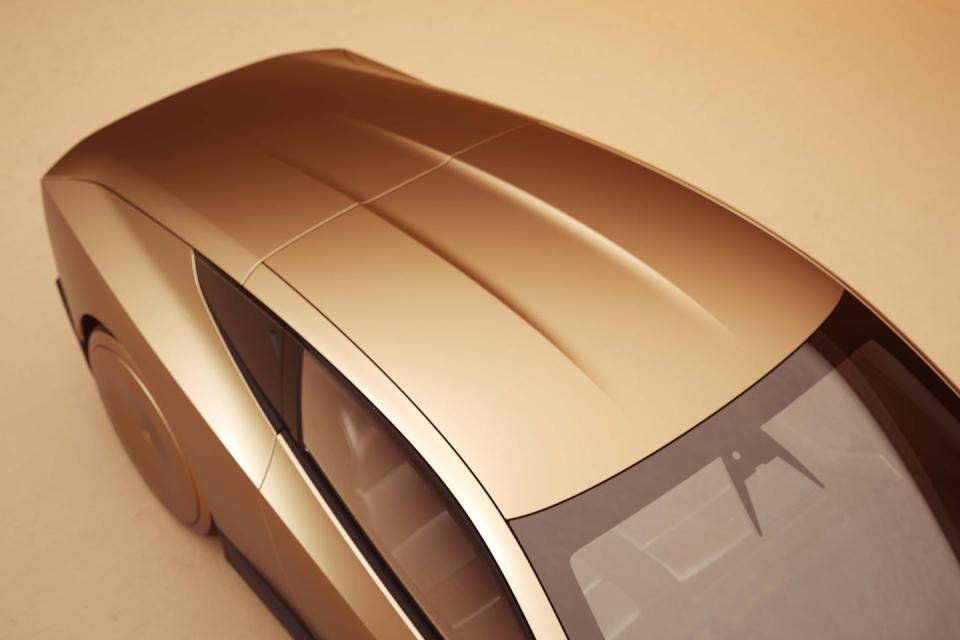
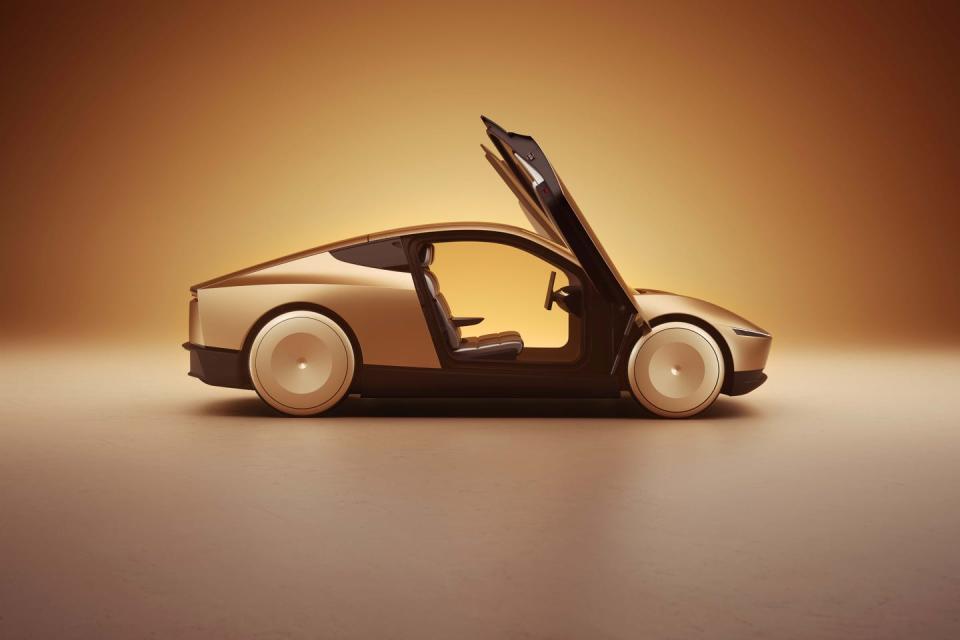
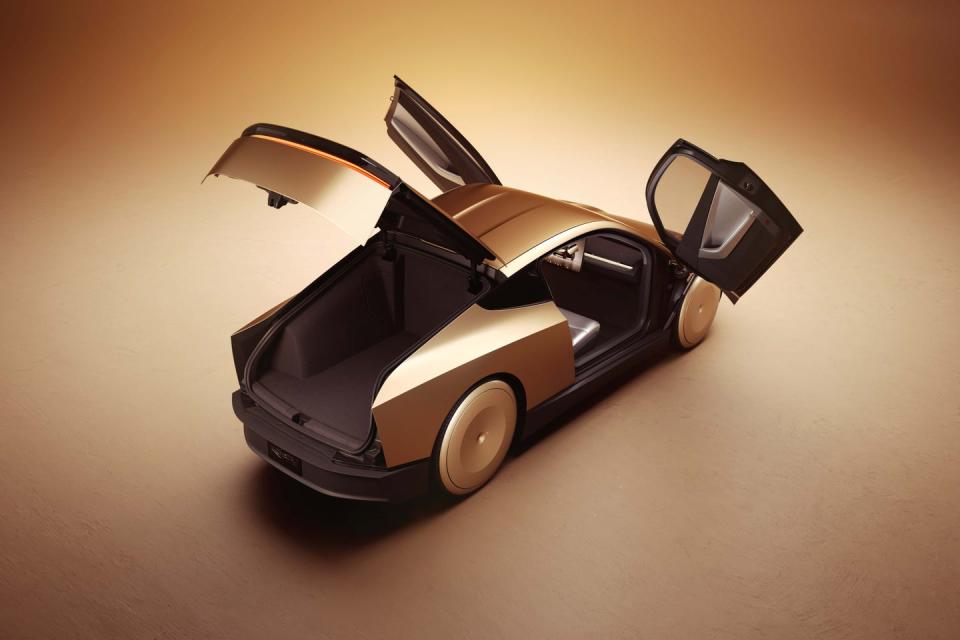


Robovan
Tesla also revealed the Robovan, an autonomous vehicle that can carry up to 20 passengers or large amounts of cargo. Musk said the Robovan could bring group transport costs down to $0.05 to $0.10 per mile, making it a good fit for sports teams, group trips, or city deliveries.
The Robovan stands out with its futuristic design, like other Tesla vehicles. No specific production timelines or pricing details were shared, but it’s aimed at improving group mobility in urban areas.
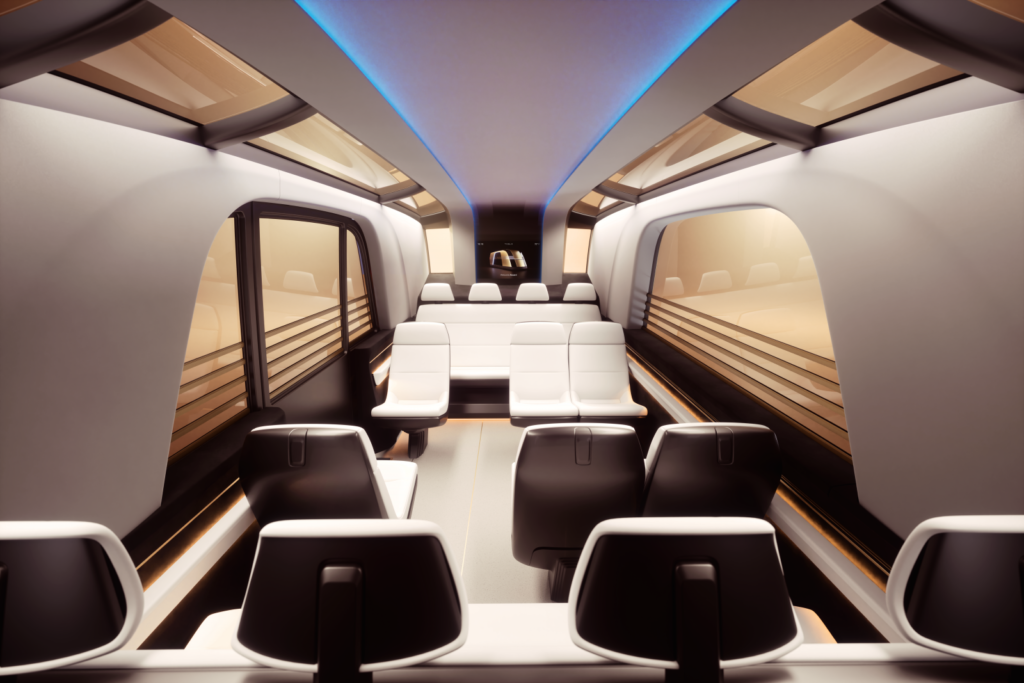


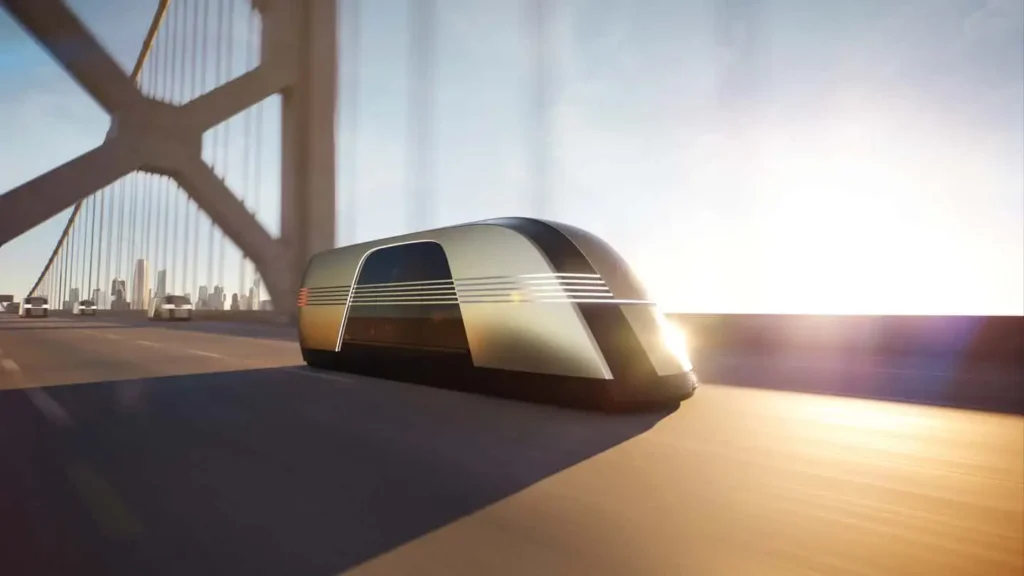
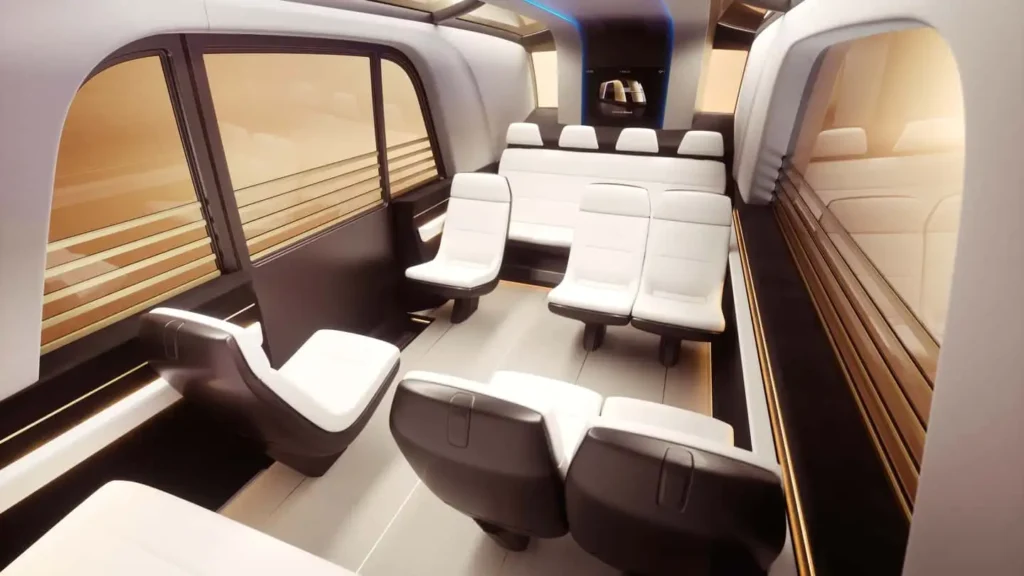
Tesla’s Vision of Future
Elon Musk wants Tesla to change not just cars but how we move in general. The Cybercab and Robovan are part of that vision—a future where transportation is cleaner, cheaper, and fully autonomous. Whether Musk can deliver on these timelines is uncertain, but the unveiling of these new vehicles shows Tesla’s focus on advancing autonomous transport.
Both the Cybercab and Robovan are part of Tesla’s push to rethink how vehicles look and feel on the road. Musk said that vehicles should visually reflect their technological progress. Inspired by the Cybertruck, these new models are designed to look more advanced and unique.
The Cybercab and Robovan are key parts of Tesla’s ride-hailing vision. These vehicles will be included in the Tesla Network, where owners can add their cars to an autonomous fleet and earn income. Tesla plans to take a 25-30% cut from ride-hailing revenue, similar to how app stores operate.
Challenges Ahead
The Cybercab and Robovan come with challenges. Without steering wheels or pedals, they need approval from the National Highway Traffic Safety Administration (NHTSA). Tesla also faces criticism of its Full Self-Driving (FSD) technology, which still requires human oversight and only uses cameras for navigation. Critics argue that this approach might limit how quickly Tesla can achieve full autonomy.
Musk has also missed previous targets for autonomous vehicles, like the 2017 promise of self-driving cars across the U.S. and the 2019 claim of 1 million robotaxis by 2020—neither happened. Currently, Tesla aims for unsupervised autonomous rides in Texas and California by 2025.
Impact on Urban Mobility
The Cybercab and Robovan could change urban transport by making autonomous ride-hailing cheaper and more accessible. If successful, they could help reduce traffic and improve efficiency.
However, to achieve this vision, Tesla needs to clear regulatory hurdles and advance its technology. Tesla also faces competition from GM’s Cruise, Volkswagen’s ID Buzz, and other electric commercial vehicles like the Mercedes eSprinter and Ford E-Transit.
Optimus Humanoid Robots
Tesla also showcased Optimus, a humanoid robot that walked out into the crowd after the Robovan reveal. The Optimus bots were also seen performing simple tasks like watering plants and bringing in packages in a promotional video.
Musk described Optimus as capable of doing “pretty much anything”—from walking your dog to babysitting, mowing the lawn, or serving drinks. He expects these robots to eventually cost between $20,000 and $30,000. Musk claimed that Optimus could become the biggest product Tesla has ever made, potentially reaching millions of units produced.
After the presentation, attendees could interact with the Optimus robots. The bots weren’t doing much beyond waving and holding items, but they were also seen handing out small gift bags, playing rock-paper-scissors, and even dancing in a gazebo.
The initial unveiling of Optimus in 2021 was met with skepticism, as it started with a man in a robot suit dancing on stage. Since then, Tesla has improved the design, with a lighter and faster Gen 2 bot showcased last year. Musk believes Optimus will eventually bring “a fundamental transformation for civilization,” aiming for it to significantly improve economic output and reduce poverty in the long run.
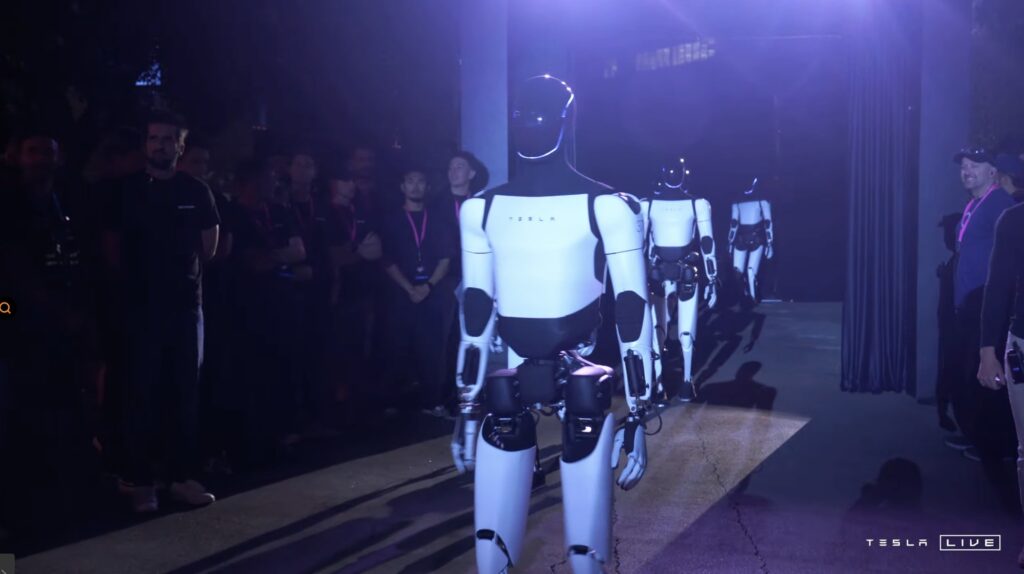
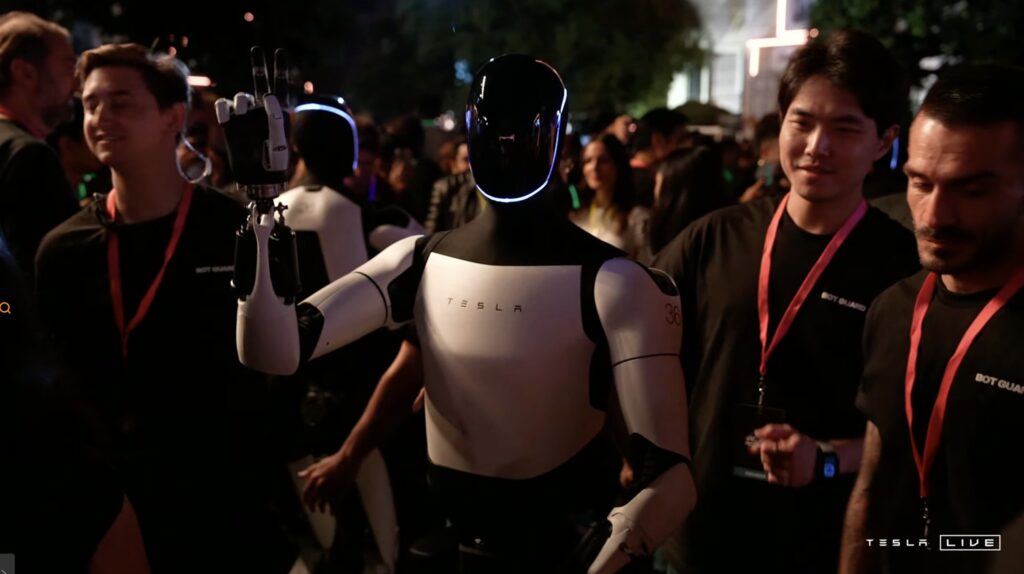
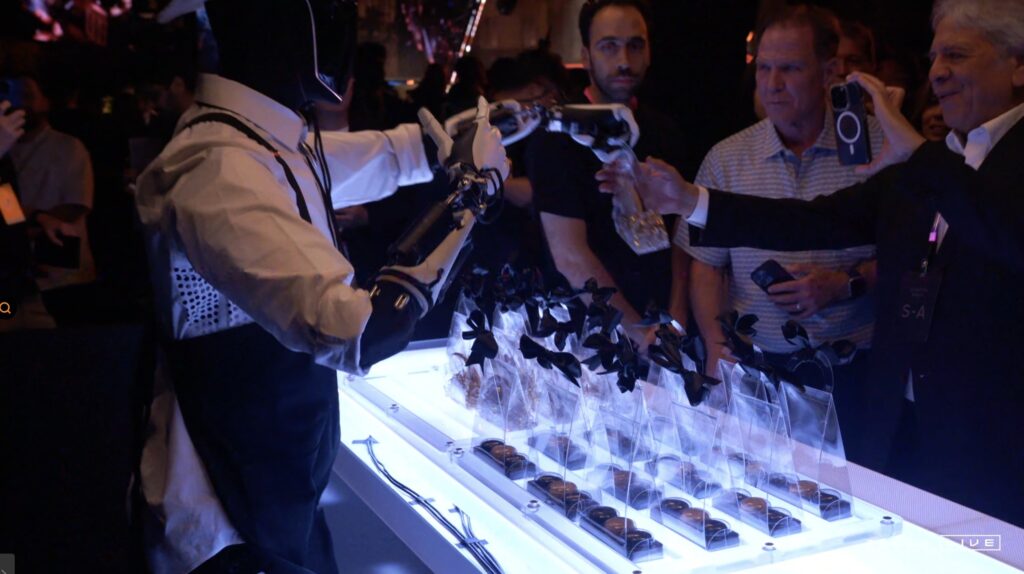
Conclusión
Tesla’s “We, Robot” event provided a glimpse into what could be the future of transportation—affordable autonomous vehicles with futuristic designs.
However, it also raises important questions. Will these innovations truly make transportation more efficient, or will they lead to new challenges like job displacement or increased regulatory hurdles?
The risks associated with widespread adoption of autonomous technology—such as safety concerns, reliance on AI, and the potential for tech failures—cannot be overlooked. And while Musk’s ambitious timelines are appealing, past delays suggest that significant obstacles still remain. As Tesla pushes ahead, it remains to be seen how these technologies will reshape society and whether the benefits will outweigh the risks.

